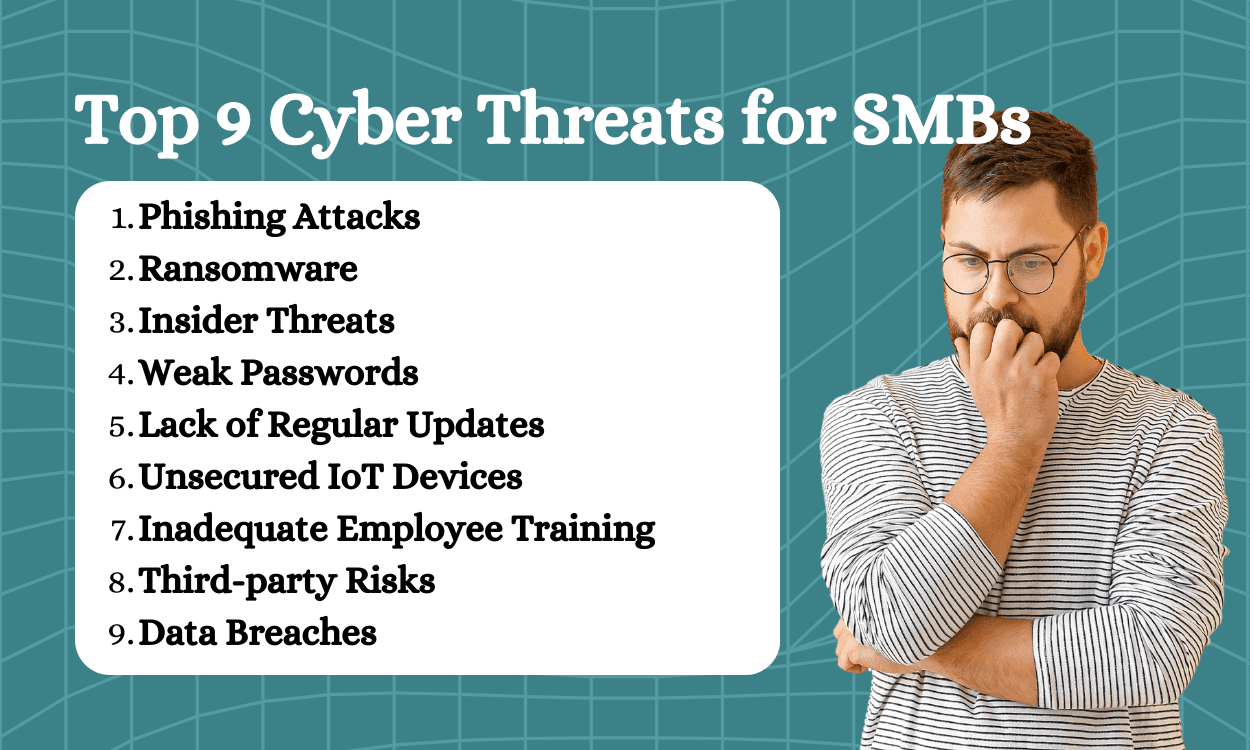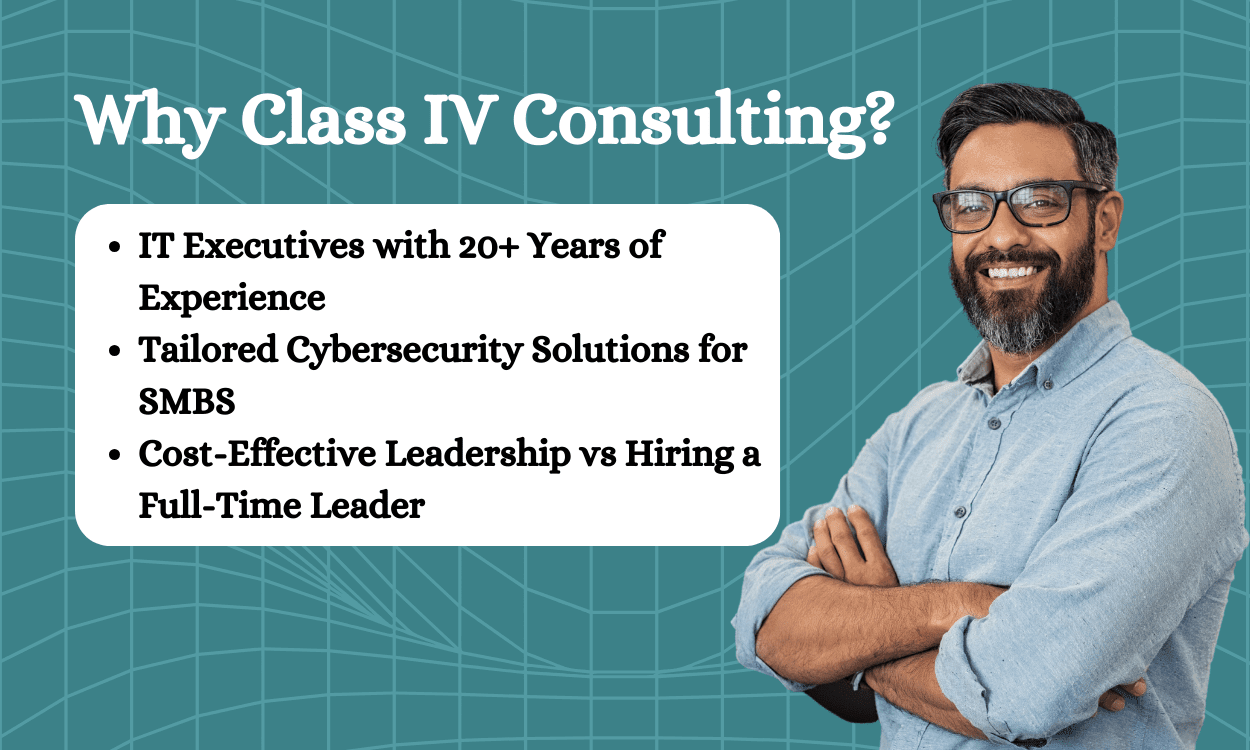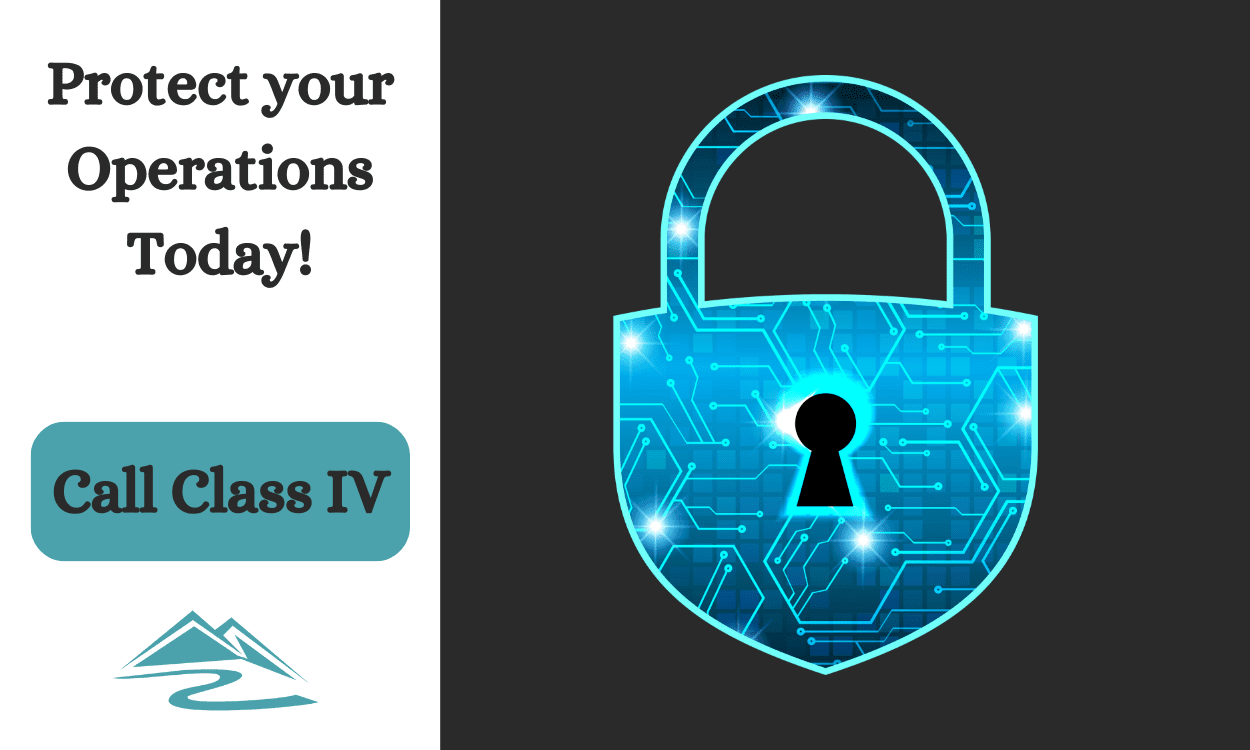
In an increasingly digital world, small and medium-sized businesses (SMBs) are finding themselves as prime targets for cyberattacks. These organizations are not immune to the ever-evolving landscape of cybersecurity threats. In this article, we will explore the top 10 cybersecurity threats that SMBs need to be aware of and safeguard against.
Also read: 10 Reasons Why You Should Invest in Cybersecurity in the Oil and Gas Industry
The Growing Importance of Cybersecurity for SMBs
Cybersecurity is no longer a concern reserved for large corporations. SMBs hold valuable data and assets that cybercriminals seek to exploit. It’s essential for these businesses to prioritize cybersecurity to protect their operations and customer trust.

Top 9 Cyber Threats for SMBs
1. Phishing Attacks: A Persistent Threat
Phishing attacks continue to be a prevalent threat. Attackers use deceptive emails and messages to trick employees into revealing sensitive information or downloading malware. Proper training and awareness are vital defenses against phishing.
2. Ransomware: The Digital Extortionist
Ransomware attacks can cripple SMBs by encrypting their data and demanding a ransom for its release. Regular data backups and robust security measures are crucial to mitigate this threat.
3. Insider Threats: Danger from Within
Internal employees or contractors can pose significant risks. Organizations must implement strict access controls and monitor employee activities to prevent insider threats.
4. Weak Passwords: A Vulnerable Point
Weak passwords are an open invitation to hackers. SMBs should enforce strong password policies and encourage the use of password managers to protect against unauthorized access.
5. Lack of Regular Updates and Patches
Failure to update software and systems leaves vulnerabilities unaddressed. SMBs must regularly update their software and install security patches to minimize the risk of exploitation.
6. Unsecured IoT Devices: A Gateway for Intruders
The proliferation of IoT devices offers convenience but also introduces vulnerabilities. SMBs should secure their IoT devices to prevent them from becoming entry points for cybercriminals.
7. Inadequate Employee Training
Employees are the first line of defense. SMBs should invest in cybersecurity training to ensure that employees are aware of potential threats and how to respond to them.
8. Third-party Risks
Relying on third-party vendors exposes SMBs to their security weaknesses. Businesses should assess the cybersecurity measures of their vendors and hold them to high standards.
9. Data Breaches: A Nightmare Scenario
Data breaches can be catastrophic, resulting in financial losses and reputational damage. SMBs should have a robust incident response plan in place to minimize the fallout of a data breach.
Conclusion
In a world where cybersecurity threats are ever-present, SMBs must not underestimate the importance of protecting their digital assets. By being aware of these top 10 threats and taking proactive measures to mitigate them, SMBs can significantly enhance their cybersecurity posture.

Why Class IV for Cybersecurity for your Small or Medium Size Business?
Class IV’s cybersecurity consulting services is the ideal choice for safeguarding small and medium-sized businesses (SMBs) against cybersecurity threats. Their extensive expertise and tailored solutions address the unique challenges that SMBs face in an ever-evolving landscape of cyber threats.
With SMBs increasingly becoming targets of cyber threats, Class IV’s commitment to excellence ensures that clients receive top-tier protection. Their Fractional CIO services offer strategic tech leadership without the commitment of a full-time executive, fortifying defenses against cyber threats. Additionally, their Governance, Regulatory, and Compliance (GRC) services streamline complex IT regulations, ensuring compliance and operational efficiency while mitigating cyber threats.
Class IV understands that cyber threats can come from within, making their focus on insider threat prevention invaluable. By promoting strong password policies and offering employee training, they fortify defenses against cyber threats originating from within the organization.
In summary, Class IV’s cybersecurity consulting service offers SMBs a comprehensive and tailored approach to defend against cyber threats, making it an optimal choice for protecting their digital assets and operations.
Cyber Threat FAQs
1. How can SMBs defend against phishing attacks?
SMBs can defend against phishing attacks by providing employee training, using email filtering solutions, and promoting a culture of skepticism when encountering suspicious emails.
2. What steps can SMBs take to secure their IoT devices?
SMBs should change default passwords, update device firmware, and segment IoT devices on a separate network to enhance their security.
3. Why is data backup essential to combat ransomware?
Data backups are crucial because they allow businesses to restore their data without paying a ransom to cybercriminals. Regular backups can prevent data loss and downtime.
4. What is the role of employee training in cybersecurity?
Employee training is essential in raising awareness and equipping employees to recognize and respond to cybersecurity threats effectively.
5. How can SMBs assess the cybersecurity measures of third-party vendors?
SMBs can assess vendor cybersecurity measures through security questionnaires, third-party audits, and contract negotiations to ensure vendors meet the required security standards.


